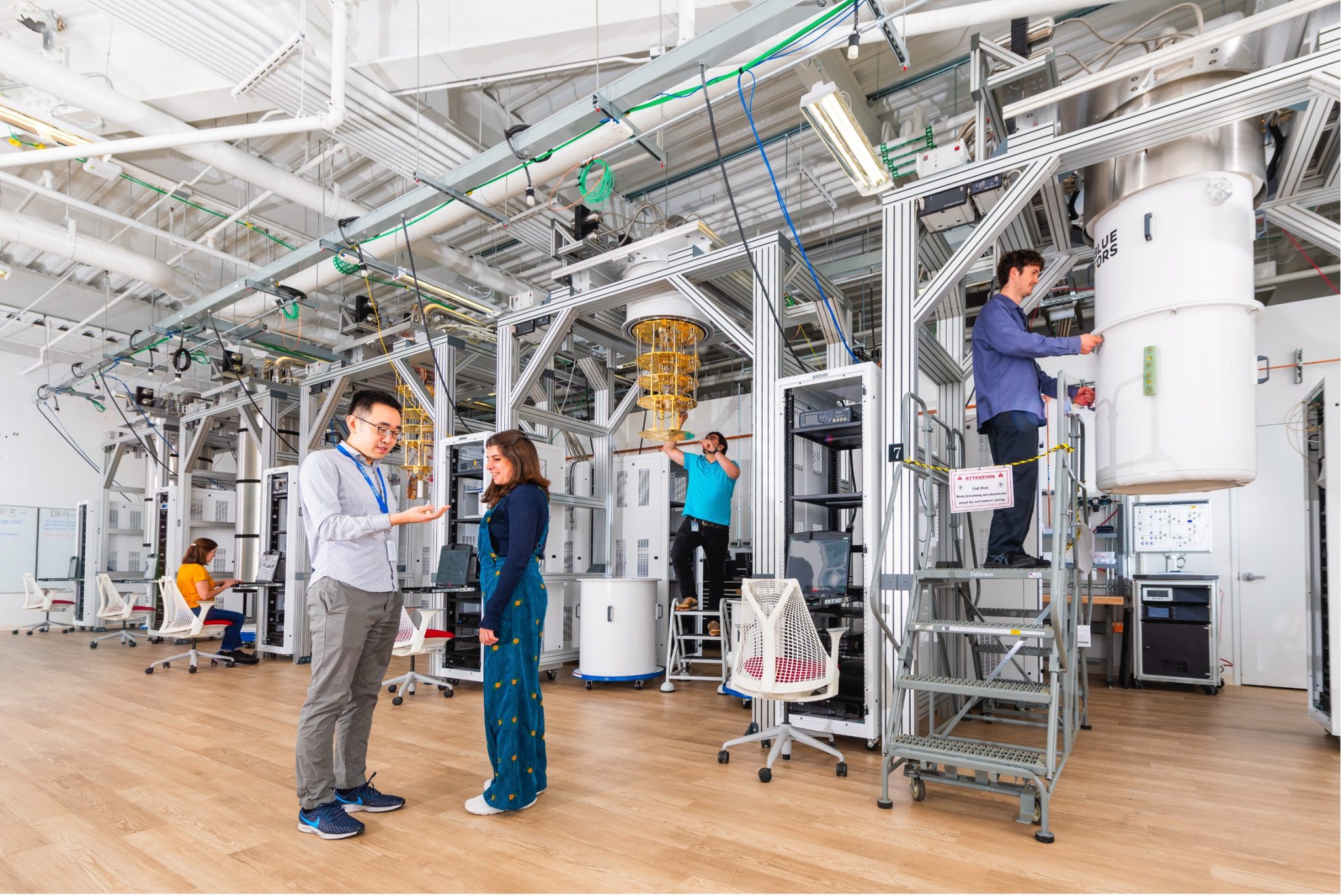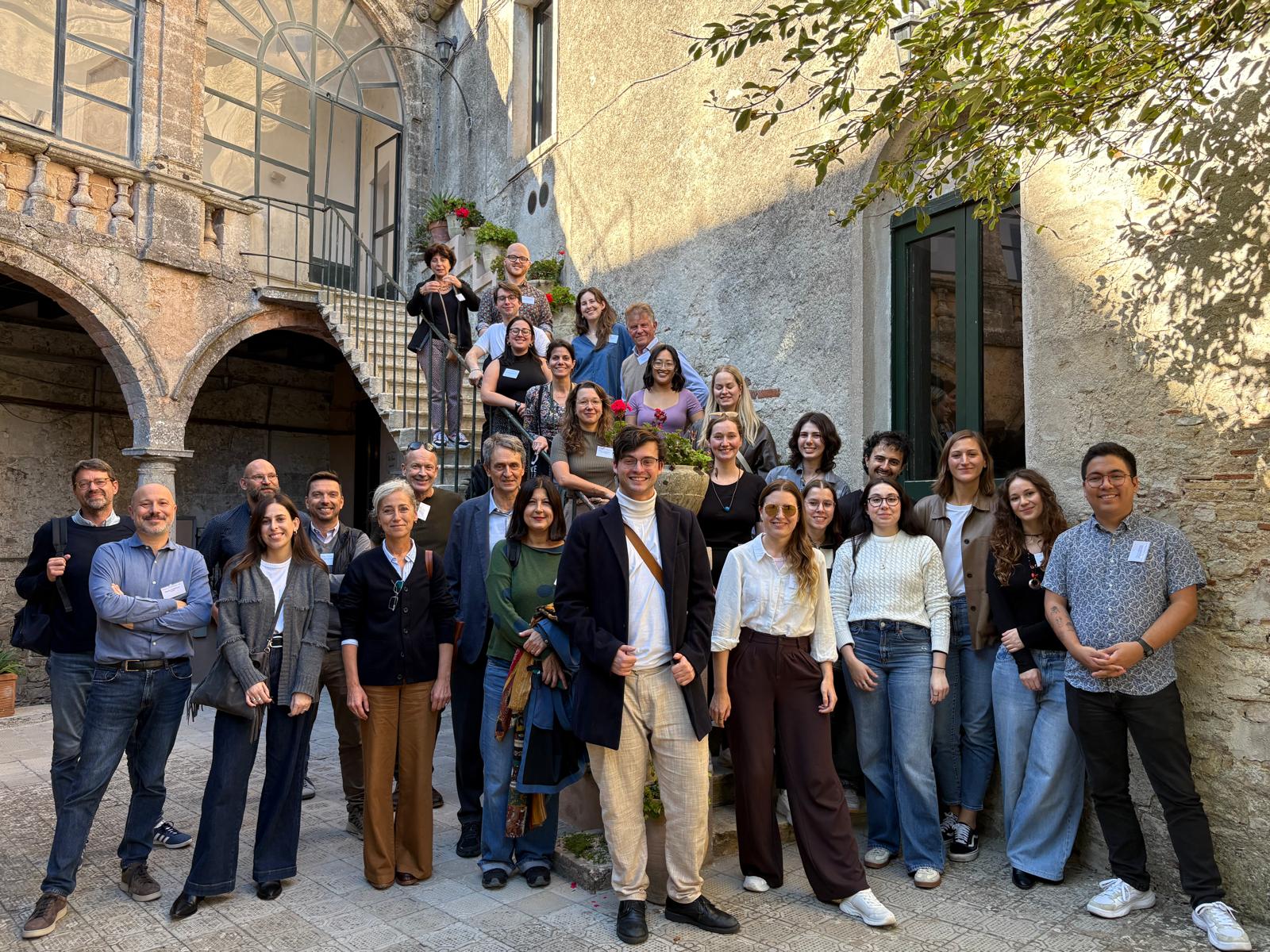 After the restart of the LHC (Large Hadron Collider) in June 2015, with a record-breaking collision energy of 13 TeV, and its first months of data taking with proton collisions, the super accelerator
After the restart of the LHC (Large Hadron Collider) in June 2015, with a record-breaking collision energy of 13 TeV, and its first months of data taking with proton collisions, the super accelerator
at CERN in Geneva is moving to a new phase. Inside the LHC’s beam pipe, the 27 km magnetic ring that lies at a depth of 100 metres beneath the French-Swiss border, the first lead ion collisions at an energy of slightly more than PeV (100 eV) have started. This is the highest collision energy between nucleon pairs reached in an experiment in collisions between nuclei (5 TeV per nucleon).
Data from these experiments will be collected for one month by the LHC’s four experiments, ATLAS, CMS, ALICE (specifically designed to study collisions of this type) and LHCb, which is recording data from collisions between ions for the first time. These collisions will allow physicists at CERN – including around 1500 from Italy, half of whom coordinated by the INFN – to study a state of matter, called the quark-gluon plasma, a soup of particles that existed briefly a few millionths of a second after the Big Bang. These collisions will allow scientists to recreate the conditions that were present in the very first moments of the universe, and to study their properties in the laboratory.
You might also be interested in

Quantum computing: INFN and the US SQMS laboratory renew their collaboration

Search for new physics: a possible new approach from bent crystals

Einstein Telescope: Lusatia officially enters the competition

Detecting gravitational waves from space: first steps for the LISA mission

ORIGINS. Exploring Science Communication and Journalism
